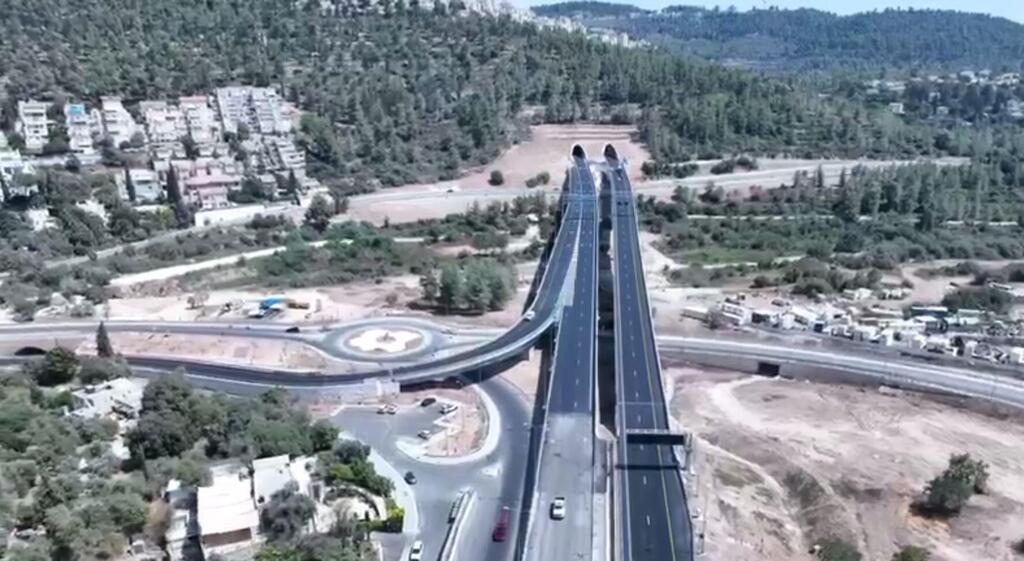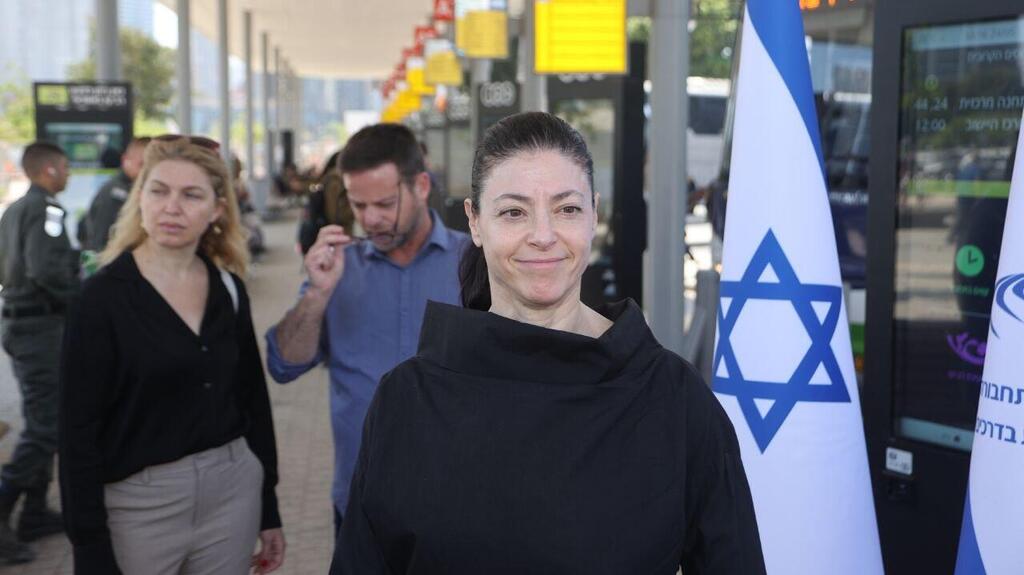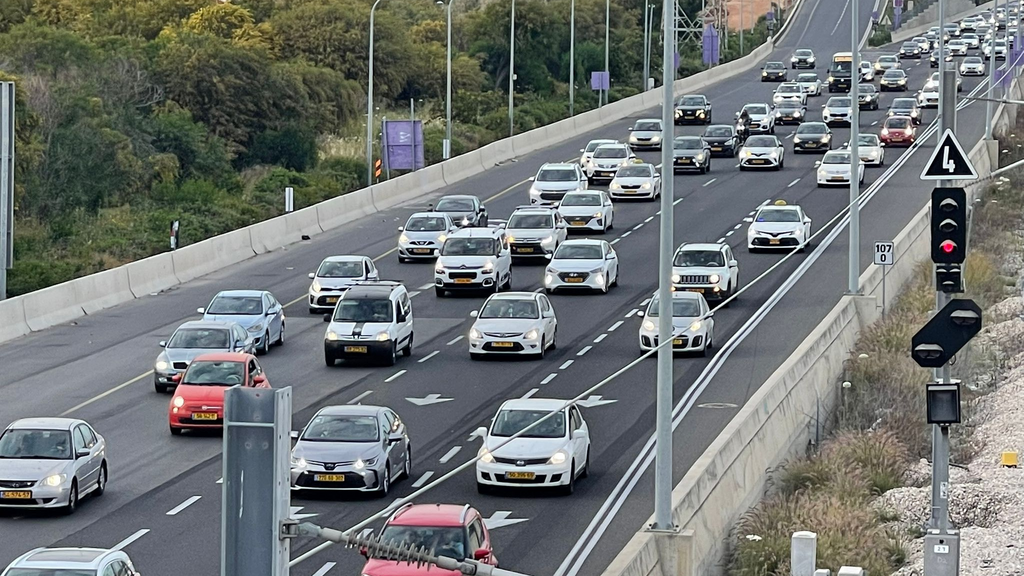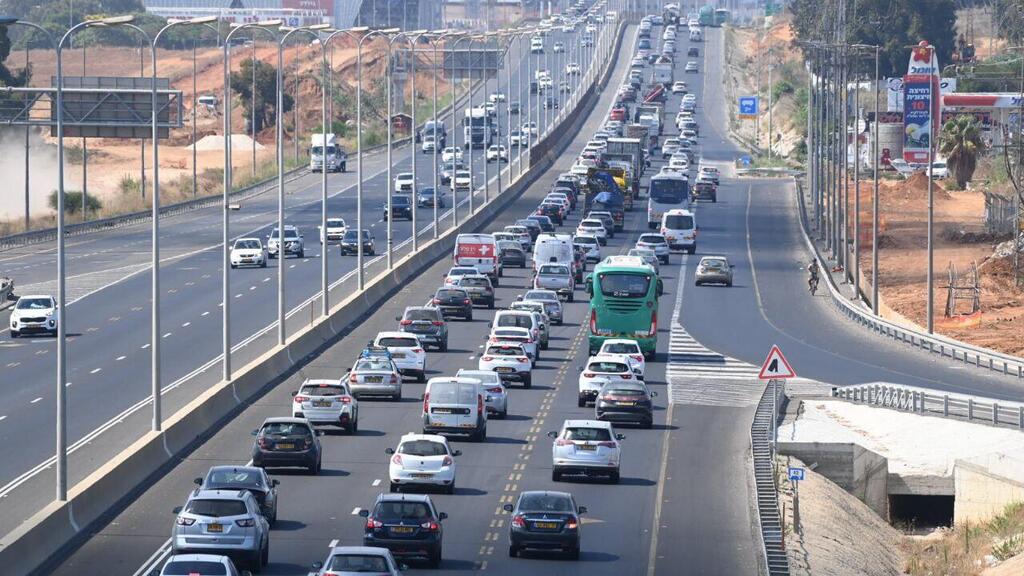Israel’s Transportation Ministry recently inaugurated a new entrance to Jerusalem, Highway 16, which is supposed to help serve 40% of the commuters entering the city every day. The new road, named after the late Prime Minister Ariel Sharon, cost nearly 1 billion shekels ($300 million) and opened last week, one year ahead of schedule.
“The new road is great news for Jerusalem,” said Transportation Minister Merav Michaeli. “But we need to face the truth: The real solution to transportation is more complicated, and includes investments in public transportation.”
A new bus line between Jerusalem and Tel Aviv will start running soon using the new highway, a response to some of the criticism about the lack of investment in public transportation in the area.
“The new road is a brilliant solution. Sure, I have some criticism regarding delays in building the intersections connecting it to the city center, but it’s still an unusually efficient solution to entering Jerusalem,” Nissim Peretz, CEO of Israel’s National Transport Infrastructure Company, said.
“It definitely should be supported by public transportation, but in the suitable places. Light rail, bike lanes, public transportation lanes are all necessary – but inside the city,” he added.
While Peretz has some criticism about the work process of the new road, he still refers to it as one of the best infrastructure projects in Israel. But when it comes to the rest of the country, he’s far from optimistic.
“I’m the one responsible for building new infrastructures, and I’m very pessimistic,” he said. “Gush Dan metropolitan area is a complete disaster, and since all the big public transportation plans are for 15 years ahead, in five years we’ll have an ultimate traffic disaster. Anyone building a lane not for public transportation in Gush Dan should be hanged,” he added.
Gush Dan, or the Dan Bloc, is the urban area that includes Tel Aviv and several other central Israeli cities and towns up and down the Mediterranean coast.
Peretz has a strong agenda for public transportation, based on how dense the traffic on Israeli roads has become. According to an Organization for Economic Cooperation and Development report from 2016, Israel had the most cars per road mile in the developed world. Since then, the number of new cars on Israel’s roads has broken records every year.
Ayalon Road, for example, which is the main entrance to Tel Aviv, is jammed to a certain extent at most hours of the day. Average speed on the Ayalon during rush hours goes as low as 5 mph, making it practically impossible for people to enter Israel’s most important urban center for hours each day.
Israel’s biggest transportation project, the Tel Aviv Metro subway system, is supposed to solve part of the problem, but it is not scheduled to start functioning before 2035. Until then, Peretz explains, roads will be more hectic, and it’s not even a matter of money.
“We have okay budgets, although we can always use more money. The main thing that should change is bureaucracy and regulations. The state needs a transportation dictator who will run the big 4 to 5 national projects and oversee all the ministries in this context,” Peretz said.
Other experts, however, have a different approach to the problem.
“When you talk about ‘solving traffic jams’ you’re addressing the wrong question. You can’t solve traffic jams. What you can do is help people get from one place to another in a more efficient way,” Ilya Kogan, an urbanism and transportation activist, said.
“Opening a new road means people who avoided using their car will now join the traffic because it looks like it got better. But as soon as that happens, it’s jammed again. It’s called induced demand, or induced traffic.”
Kogan has another solution. “What you want to do is create alternatives, so people can choose not to use their car,” he said.
Some of the solutions Kogan is offering appear on his YouTube channel, “A Livable City,” which is dedicated to traffic and urban planning.
On this issue, Peretz agrees with Kogan: “We need more public transportation lanes because if you want to change the public’s behavior you need to have solutions. Otherwise, people will keep buying cars, and traffic jams will only increase,” he explained.
But changing the Israeli commuter’s behavior might not be so simple. Besides gaining a terrible reputation when it comes to reliability, public transportation in Israel can’t replace private vehicles for most of the population for another reason: It’s completely idle for 25 hours a week, every Saturday. With no public transportation on the weekly day of rest, people refuse to give up their private cars.
“There is a good path starting now in the ministry, a lot of it thanks to Michaeli,” Kogan said. “But there’s a lot more to be done. The first thing is to improve the user experience in public transportation in Israel. Right now it’s terrible, and I sympathize with people who choose not to use it. When they stop treating people who use buses and trains as people who have no choice and start treating us like respected customers, things will change for the better.”
Another area that could help manage Israel’s fast-growing density on the roads is new technologies.
One such advanced technology is a smart traffic light that runs the intersection using a camera overlooking traffic, and it has proven to make traffic more efficient by 22%, according to Peretz.
Peretz is planning to install another 100 smart traffic lights in the next two years, but Kogan doubts it will dramatically change anything.
“Smart technology can be helpful if it prioritizes pedestrians, bikers, and public transportation. If it’s there just to accelerate private cars it will do no good, because of induced demand.”
But, despite the frustration, Kogan remains hopeful that things will improve on Israel’s roads. “I’m optimistic. With the right changes, Israel can look like Europe in 20 to 30 years. There will still be traffic jams, but you’ll be able to choose other alternatives,” he said.
The story is written by Adi Koplewitz and reprinted with permission from The Media Line





